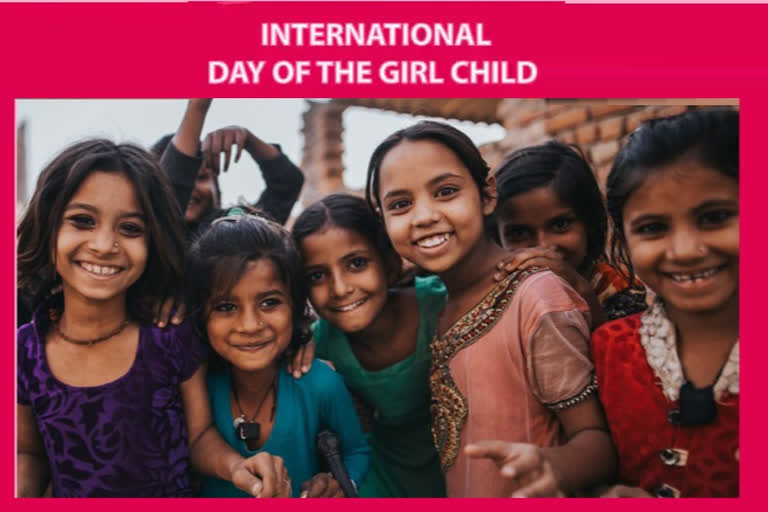Hyderabad: International Day of the Girl Child is being celebrated every year on October 11 to recognise girls’ rights and the unique challenges they face around the world. The Day acknowledges the importance, power and potential of adolescent girls by encouraging the opening up of more opportunities for them.
International Day of the Girl Child was first achieved by the Beijing Declaration in 1995 at the World Conference on Women in Beijing. It was the first-ever event to have identified the need for addressing issues faced by adolescent girls around the world. International Day of the Girl Child began as a part of the non-government and international organisation plan. This campaign was designed to nurture girls, especially in developing countries to promote their rights and bring them out of poverty.
Around 33,000 girls are married off every day around the world. An estimated 3,40,000 girls and young women are infected with the virus every year and currently, more than three million girls and young women are living with HIV all over the world. They do more unpaid child labour than boys. Girls between five and 14 spend more than 28 hours doing work, which is twice the time spent by boys.
Over 96% of human trafficked individuals for sexual exploitation are girls and women. Achieve gender equality and empower all women and girls. Empowering women and girls and promoting gender equality is crucial to accelerating sustainable development. Ending all forms of discrimination against women and girls is not only a basic human right, but it also has a multiplier effect across all other development areas.
Also read:Human trafficking: Jharkhand police rescues 31 girls including 9 minors from Latehar
The Covid is challenging the critical progress that has been achieved. Up to 10 million girls are at risk of dropping out of secondary school due to the pandemic. Widening gender inequality and increasing poverty is placing female education at greater risk. The gender parity index value--the ratio of girls to boys in education--had long been less than one. In the last couple of years, it has equalised, but the pandemic has increased poverty, reversed migration and job losses --risking school dropouts, particularly for vulnerable girls.
Girls are at greater risk of being deprived of their education as they are pushed towards paid and unpaid labour as well as child marriage in times of crisis. It is likely that many adolescent girls, who stop going to school during the pandemic will never return. Populous states like Bihar, Madhya Pradesh, Uttar Pradesh and Rajasthan have lower female literacy rates than the national average. The risk of girls dropping out during the pandemic and ending up in early marriage, pregnancy, trafficking and violence is higher in these states.
